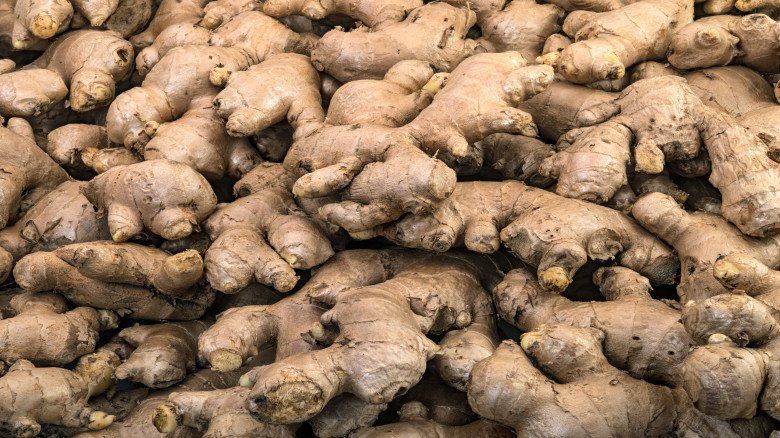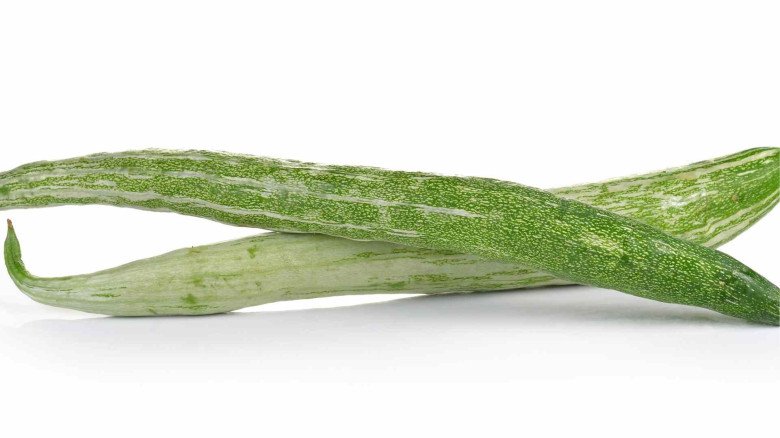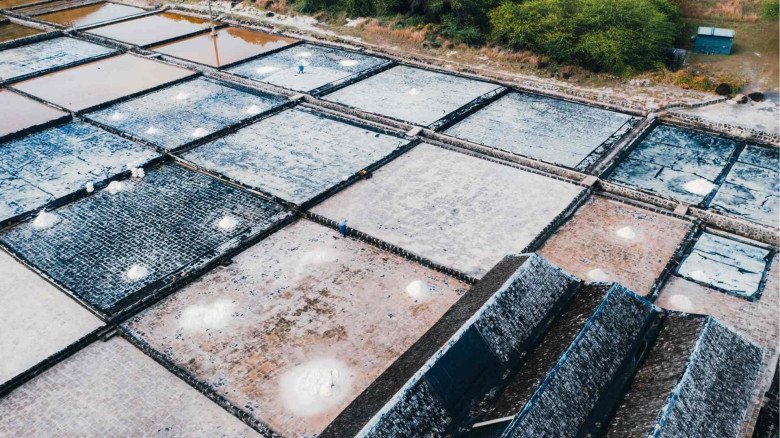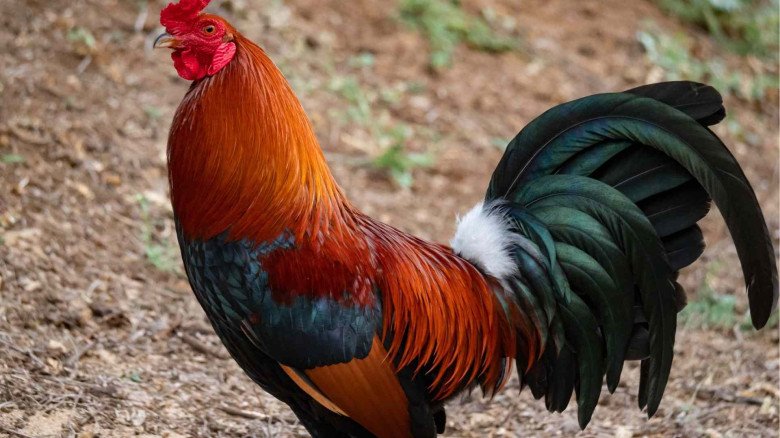Crops Requiring Less Water | A Guide for Indian Farmers
Sorghum (Jowar):
Sorghum, scientifically referred to as Sorghum bicolour, is a widely cultivated cereal crop in India that demonstrates notable resilience to drought conditions. This particular plant species is very suitable for areas characterised by unpredictable precipitation patterns and is widely acknowledged for its ability to thrive in environments with limited moisture availability. This renders it a highly important option for farmers who are faced with limitations in water availability.
Pearl Millet (Bajra):
Pearl Millet, scientifically known as Pennisetum glaucum, is a resilient crop that exhibits remarkable tolerance to drought conditions, making it well-suited for cultivation in arid and semi-arid climates. It is commonly referred to as Bajra in various places. The versatility of this substance is readily apparent, as it fulfils roles in both human consumption and animal feed, rendering it an indispensable component of any agricultural operation.
Finger Millet (Ragi):
Finger Millet also referred to as Ragi is a grain with high nutritional value that exhibits the ability to thrive under conditions of limited water availability. In addition to their nutritional value, this crop is considered less water consuming crops in India and has the potential to be a profitable alternative for agricultural producers.
Chickpea (Gram):
The leguminous crop known as chickpea, or gramme, exhibits a lower water requirement in comparison to other pulses. The cultivation of this particular crop holds significant importance in providing a substantial protein source for the Indian population, particularly in areas that face challenges related to limited water availability.
Mustard (Sarson):
Mustard is recognised for its characteristic of being a low-water-consuming oilseed crop that is extensively cultivated in India. The importance of this crop as a source of income becomes apparent, especially during the Rabi season when there is a scarcity of water.
Groundnut (Peanut):
The groundnut, sometimes known as the peanut, is a crop that has drought-resistant characteristics and serves as a substantial supplier of edible oil and protein. It has a high degree of adaptability in places that are characterised by erratic precipitation patterns.
Maize (Corn):
Maize, often known as maize, is a very versatile crop that demonstrates the ability to thrive in many agro-climatic regions of India while using moderate water resources.
Barley:
Barley, a resilient grain crop, exhibits the ability to flourish in environments with limited moisture availability. It is generally utilised in the domains of animal feed and brewing, rendering it a vital selection for agricultural practitioners.
Sathu Rice:
Sathu rice is a cultivar specifically bred to optimise water conservation without compromising crop productivity. The adoption of crops which need less water in India like Sathu Rice, represents a noteworthy achievement in the growing of rice in locations with limited water resources.
Sesame (Til):
Sesame, often referred to as Til, is recognised as a water-efficient crop that yields seeds abundant in oil content, widely utilised in culinary applications and as a flavouring agent. Sesame presents itself as an optimal selection for growers aiming to maximise profitability while simultaneously preserving water resources.
In conclusion, the cultivation of water-efficient crops is crucial for ensuring sustainable agriculture in India, particularly in regions prone to water scarcity and erratic rainfall. Crops like sorghum, pearl millet, finger millet, and sesame offer resilience to drought conditions while providing essential food and nutritional resources. Incorporating these crops into farming practices can significantly reduce water usage while ensuring food security, economic stability, and environmental conservation. By adopting such crops, Indian farmers can better adapt to the challenges posed by climate change and dwindling water resources, fostering a more sustainable and resilient agricultural future.
-logo.webp.png)

-logo.webp.png)


































Leave A Comment